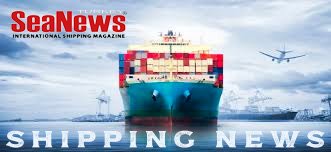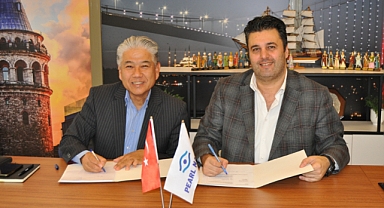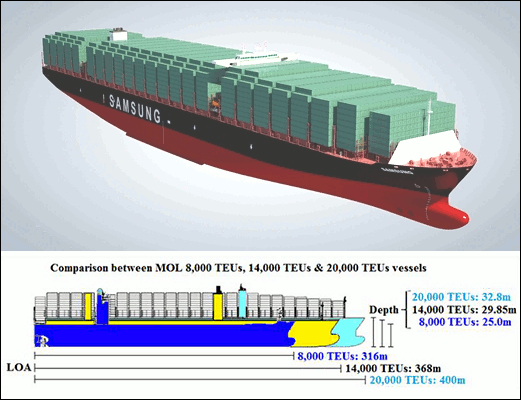SHIP operators are trying to add millions of new containers to address a severe capacity shortage, but the boxes are stuck on vessels and at ports as shipping moves into its busiest period, reports the Wall Street Journal.
Shipping's peak season usually starts at the end of June when importers begin ordering products for the back-to-school and holiday seasons. This year, orders went out in mid-May as companies tried to head off the product shortages that plagued them last year. The early start has added to the challenges of getting the supply chain unclogged, said the report.
'Importers are now bringing in cargo just in case, not just in time, and it makes up for more boxes sitting at the port,' said Port of Los Angeles executive director Gene Seroka. 'They will continue to be tight until early next year if we don't increase the velocity of getting them off the ships and off the port.'
Mr Seroka said boxes are gradually picking up and the port will have to handle substantially more cargo as Shanghai, the world's biggest port, is opening after a two-month citywide closure to fight Covid.
The increase came on the back of surging demand for Asian imports by big American retailers like Walmart and Amazon.com, which collectively make up more than a quarter of all container imports in the US, said the report.
It normally takes an average of 45 days for products to be shipped from an exporter in China to an importer in the US. Now it is more than 100 days.
'At export ports the Shanghai ships wait longer to get loaded, and at import ports like Los Angeles they are stuck because there is no space at container depots,' said Danish Vespucci Maritime consultancy CEO Lars Jensen.
'There were enough containers and a lot more were added, but it won't help if every part of the supply chain moves slower,' he told the Wall Street Journal.
SeaNews Turkey
Shipping's peak season usually starts at the end of June when importers begin ordering products for the back-to-school and holiday seasons. This year, orders went out in mid-May as companies tried to head off the product shortages that plagued them last year. The early start has added to the challenges of getting the supply chain unclogged, said the report.
'Importers are now bringing in cargo just in case, not just in time, and it makes up for more boxes sitting at the port,' said Port of Los Angeles executive director Gene Seroka. 'They will continue to be tight until early next year if we don't increase the velocity of getting them off the ships and off the port.'
Mr Seroka said boxes are gradually picking up and the port will have to handle substantially more cargo as Shanghai, the world's biggest port, is opening after a two-month citywide closure to fight Covid.
The increase came on the back of surging demand for Asian imports by big American retailers like Walmart and Amazon.com, which collectively make up more than a quarter of all container imports in the US, said the report.
It normally takes an average of 45 days for products to be shipped from an exporter in China to an importer in the US. Now it is more than 100 days.
'At export ports the Shanghai ships wait longer to get loaded, and at import ports like Los Angeles they are stuck because there is no space at container depots,' said Danish Vespucci Maritime consultancy CEO Lars Jensen.
'There were enough containers and a lot more were added, but it won't help if every part of the supply chain moves slower,' he told the Wall Street Journal.
SeaNews Turkey









